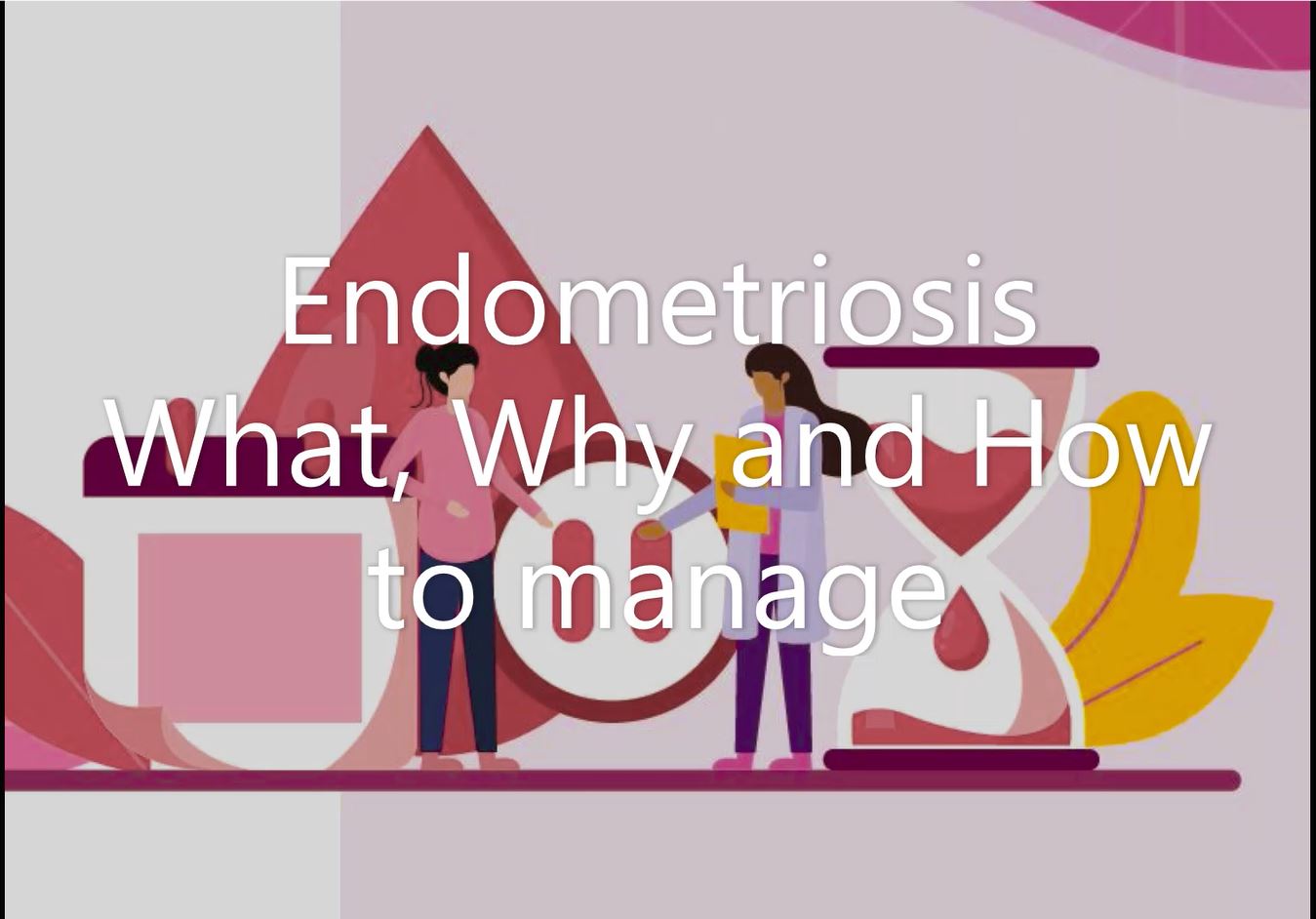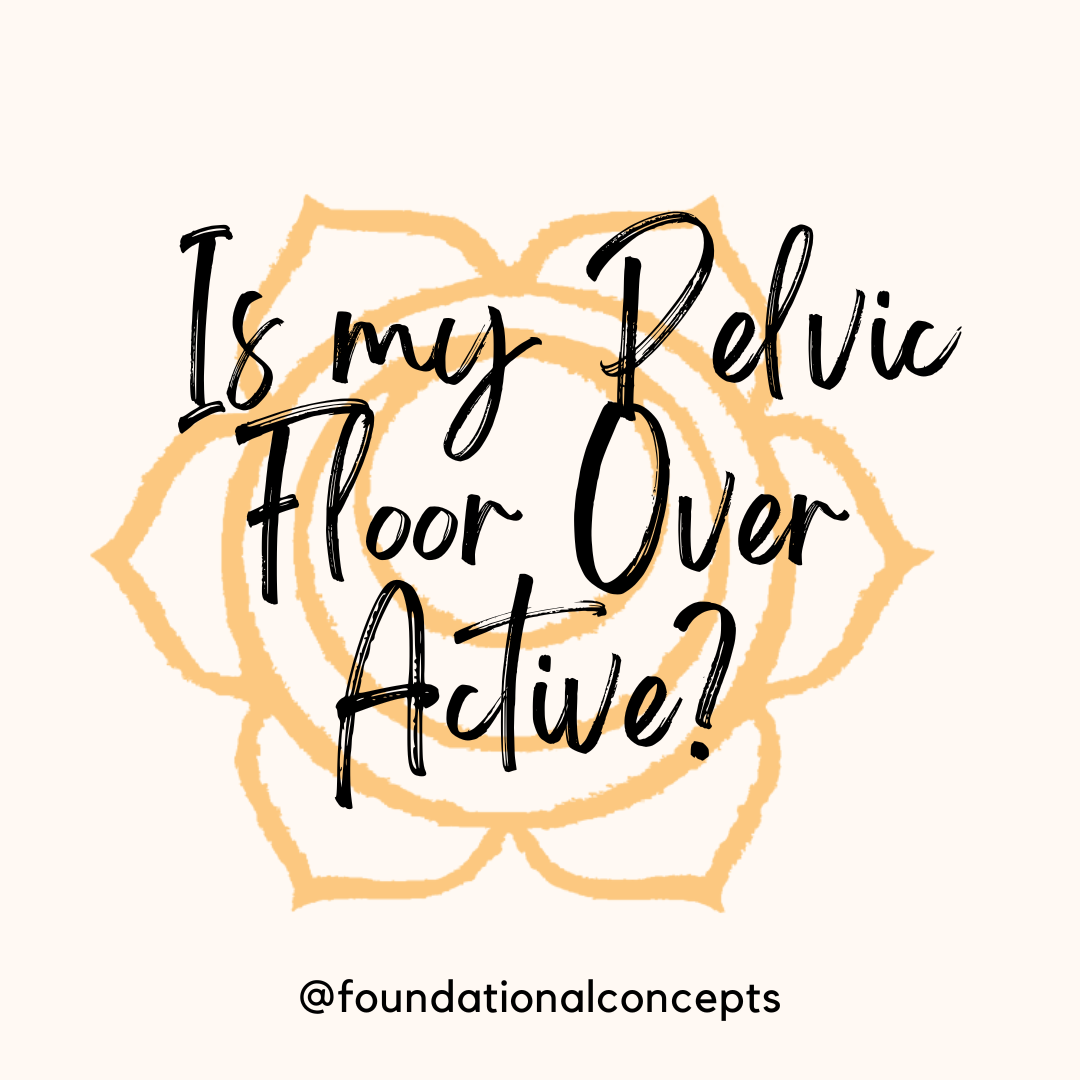Women use well over 10,000 period products during the years that we are menstruating. If…

Endometriosis: What, Why and How to manage.
Endometriosis occurs when tissue from the lining of the uterus, known as endometrial tissue, is outside of the uterus. This can lead to pain and irregular periods and pelvic pain. Other symptoms that can occur may include pain with bowel movements or urination, pain during or after sexual intercourse, low back and pelvic pain, constipation, bloating, and nausea.
The discomfort and pain experienced with endometriosis can come from multiple sources. Many of symptoms can be traced back to the endometrial adhesions that can cause scarring and restrictions throughout the abdominal organs. These endometrial adhesions can contribute to urgency with urination or bowel movements or the opposite with urinary retention or constipation. These adhesions can also cause pain with urination, bowel movements, or sexual intercourse.
Not all the pain from endometriosis is from the adhesions. When our bodies experience pain, the natural response is to tighten the surrounding muscles and close in on the pain. Over time, the muscles become tighter and shorter making it painful and difficult to coordinate and move. These muscle restrictions can contribute to pain in the pelvic floor, abdomen, sacrum, hip, and low back.
A specialist in pelvic floor physical therapy should be on your health care team. Treating endometriosis is a multi-disciplinary approach. Physical therapy can help with both the scars from the endometrial adhesions and the musculoskeletal contributors to the pain and decreased mobility. Some of the treatments that pelvic floor physical therapy can do for endometriosis pain can include:
- Myofascial release or visceral mobilization
- Pelvic floor treatments for decreased pain and muscle tightness
- Trigger point release for any muscles that are tight
- Stretching and flexibility throughout the abdomen, trunk, pelvis, and hips
- Spinal mobilization for decreased back pain
- Nerve glides for the nerves that run through the lumbar spine and pelvis and contribute to pain
- Pain education for a better understanding of pain and how our brains interpret the painful information
- Bowel and Bladder health and management.
Pelvic floor physical therapy can play a role throughout your health care journey. This can be while you are in the process of finding a surgeon for diagnosis, during painful periods or increased pain with activities, and after surgery, if needed, during the recovery process. When it comes to management of endometriosis, it is important to know that you are not alone. We are here to help you navigate the process and to take your next steps towards healing and returning to the activities that you love.
We offer a free, 15 minute phone consultation to answer any questions you may have about pain, endo and what PT can do for you! Click here to schedule.




